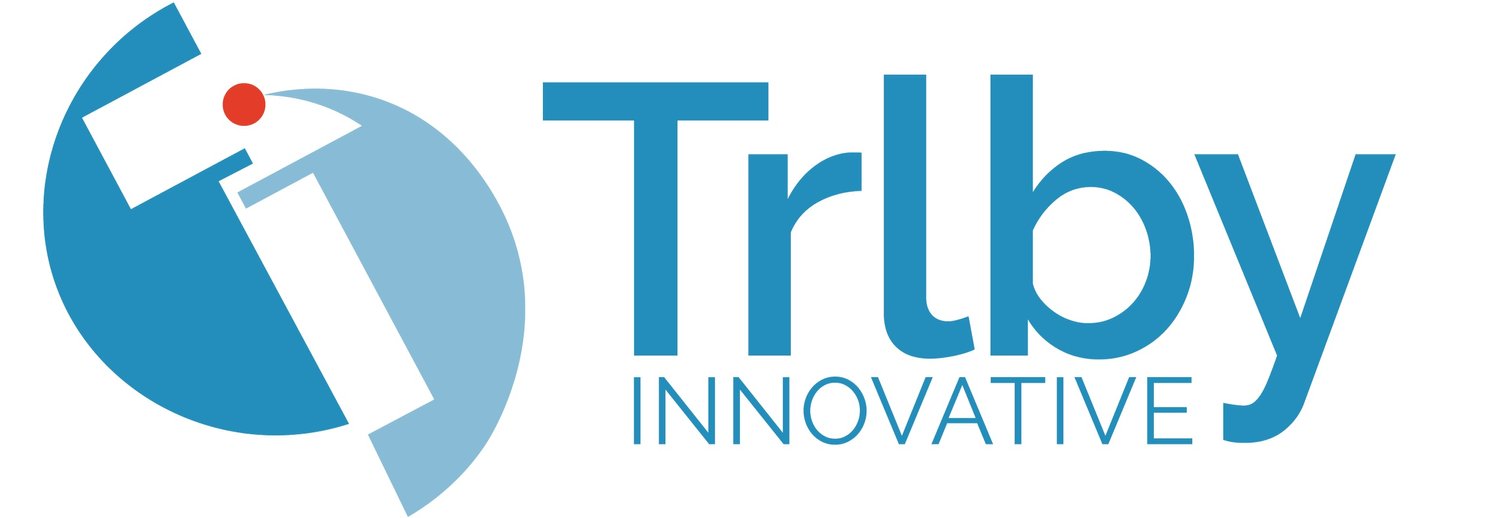Our Technology
Our proprietary heat sealing technology results from continuous research and development, giving us peak flexibility in the way we approach the design of film-based products and allowing us to achieve the high-quality, accurate seals critical to their success.
Read more about the Trlby Advantage ⟶
Learn more about our commitment to sustainability ⟶
Trlby Heat Sealing Elements are some of the most technologically sophisticated components in the industry - setting our equipment apart from off-the-shelf machines. We use advanced analytical tools such as Finite Element Analysis (FEA) to design every element.
Our technology is ideal for products with air cells, bladders, curved shapes & surfaces, cut seals, fittings, ports & valves, inflatable bladders, and electrode bagging.
We heat seal all thermoplastics including nonwovens, polyesters, polyethylene, polypropylene, polyurethane, polyvinyl (PVC), laminates, and battery separator membranes such as Celgard™.
The Trlby Advantage:
❯❯ Faster Process Speeds
Perfect seals in a fraction of the time other sealing technologies require.
Heat cycles are as short as 0.1 seconds and total seals in less than 1 second, including cooling time.
Process speeds can be significantly accelerated by integrating cooling lines in the sealing system.
Ideal for high-speed in-line applications.
❯❯ Customizable & Versatile
Cost-effective for prototypes and pilot runs.
Elements are designed to match profiles precisely, not bent to conform.
We don't use drawn ribbon or wire elements; our elements are custom-designed for specific applications.
❯❯ Advanced Process & Equipment
Full system automation with temperature controllers and PLCs.
Our PLCs are programmed with exact parameters, so there is no need for tuning, warm-up, burn-in, or other start-up adjustments.
Multiple programs can be saved for various materials or products, minimizing changeover times.
Consumes 78% less energy than radio-frequency welding processes.
Material webs control results in better registration from station to station.
We use Finite Element Analysis (FEA) to design precise elements that heat uniformly and eliminate hot or cold spots.
Allows for validatable seals to ensure ENO and ISO adherence (EN 868-5, ISO 11607) to standards requiring the sealer to monitor and record the temperature, the force applied, and the time cycle of the sealing process.
❯❯ Stronger Seals
Our seals are stronger than film components.
No sacrificial layers, buffers, or special coatings.
Thinner seals that are stronger than the thick seals produced by other processes.
Techniques to balance seal strength with peelability.
Our seals are stronger than their surrounding material, unlike RF welded seals.
Our seals can be flush with the material surface without compromising strength, and no need for additional buffer material.
Our elements are embedded to create flat seals. Flat seals prevent fatigue at seal edges and degaussing of polymers through the seal cross-section.
Materials can be cut (true cut, not tear) and sealed in a single operation with no reduction in integrity.
❯❯ Unique Applications
Complex and intricate shapes (curved, around ports, fittings, valves, radii, etc.)
Cut seals
Seals around ports, tubes, and fitments.
Multiple, simultaneous seals.
Maximized seal area (for strong seals required in confined spaces).
Seals in minimal areas - within fractions of a millimeter.
Seal multiple layers.
Sealed folds and pleats
Thin to thick materials.
Peel seals
Long seals that are >10'.
A unique baffle system that makes quilted-type pattern seals obsolete.



